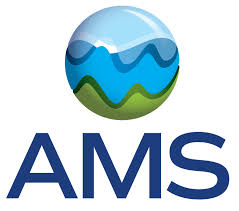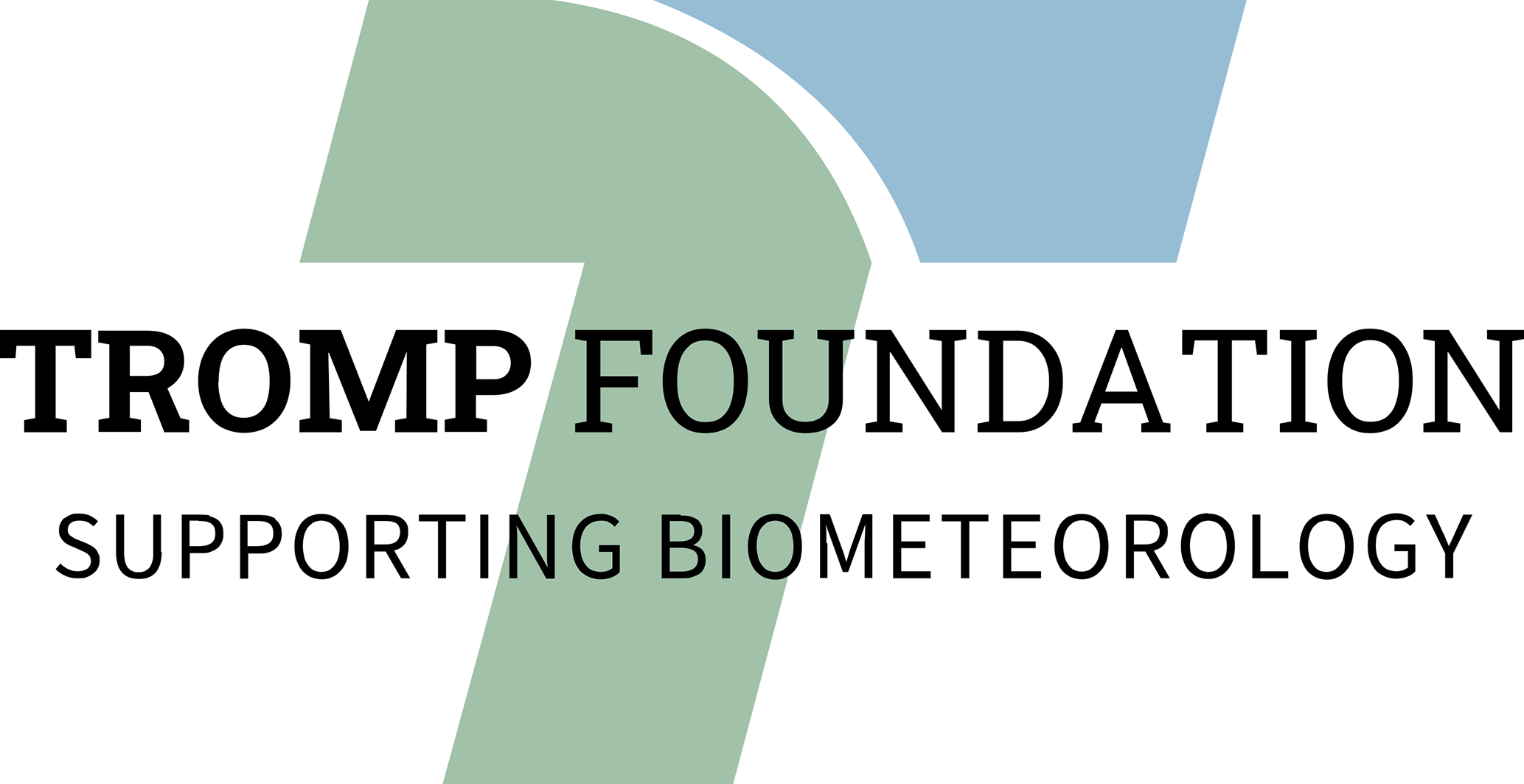PM – Urban Climate Processes & Methods
PM1
Conveners:
J. A. Voogt,
Wim J. Timmermans
|
Co-conveners:
Zina Mitraka,
Marzie Naserikia,
Wenfeng Zhan,
Anurag Kandya,
Panagiotis Sismanidis,
Nektarios Chrysoulakis,
Laure Roupioz
PM2
Conveners:
Simone Kotthaus,
Andreas Christen
|
Co-conveners:
Matthias Roth,
Steven Caluwaerts,
Stephan de Roode,
Natalie Theeuwes,
Stavros Stagakis,
Natasha Picone,
Tim Nagel
PM3
Conveners:
Arjan Droste,
Jonas Kittner
PM4
Conveners:
Srinidhi Gadde,
TC Chakraborty
|
Co-conveners:
Shiguang Miao,
Chao Yan,
Andrea Zonato,
Xuan Chen,
Caroline Walder
Orals
|
Mon, 07 Jul, 11:00–17:15 (CEST)|Room Rotterdam 1, Tue, 08 Jul, 09:00–13:00 (CEST)|Room Rotterdam 1, Wed, 09 Jul, 11:00–17:15 (CEST)|Room Rotterdam 1, Fri, 11 Jul, 09:00–12:30 (CEST)|Room Rotterdam 1
Posters
|
Attendance Mon, 07 Jul, 18:30–20:00 (CEST) | Display Mon, 07 Jul, 09:00–Tue, 08 Jul, 13:30 |Exchange Hall, Attendance Wed, 09 Jul, 17:15–18:30 (CEST) | Display Tue, 08 Jul, 13:30–Thu, 10 Jul, 13:30 |Exchange Hall
PM5
Conveners:
Natalie Theeuwes,
Negin Nazarian
PM6
Conveners:
Peter Hoffmann,
Gaby Langendijk,
Tomas Halenka
|
Co-conveners:
Mathew Lipson,
Quang-Van Doan
PM7
Conveners:
Negin Nazarian,
Benjamin Bechtel
|
Co-conveners:
Marzie Naserikia,
Luise Wolf (née Weickhmann),
Ferdinand Briegel
PM8
Conveners:
Stevan Savic,
Steven Caluwaerts




